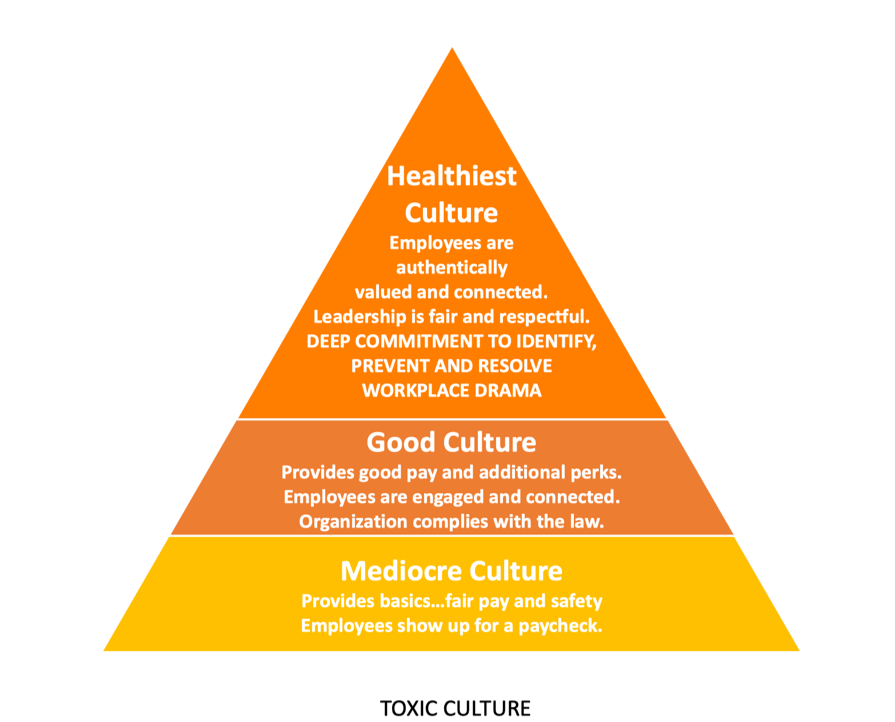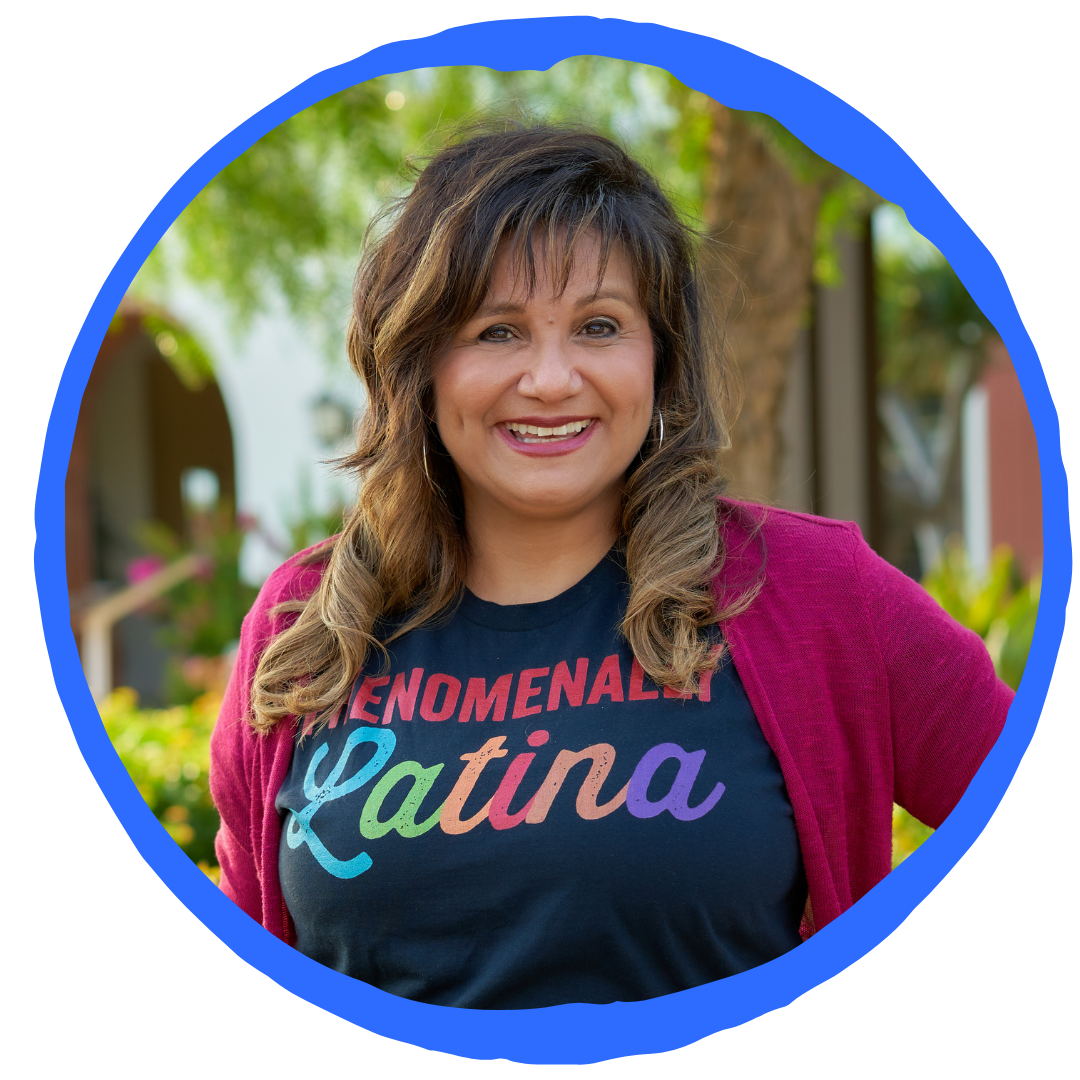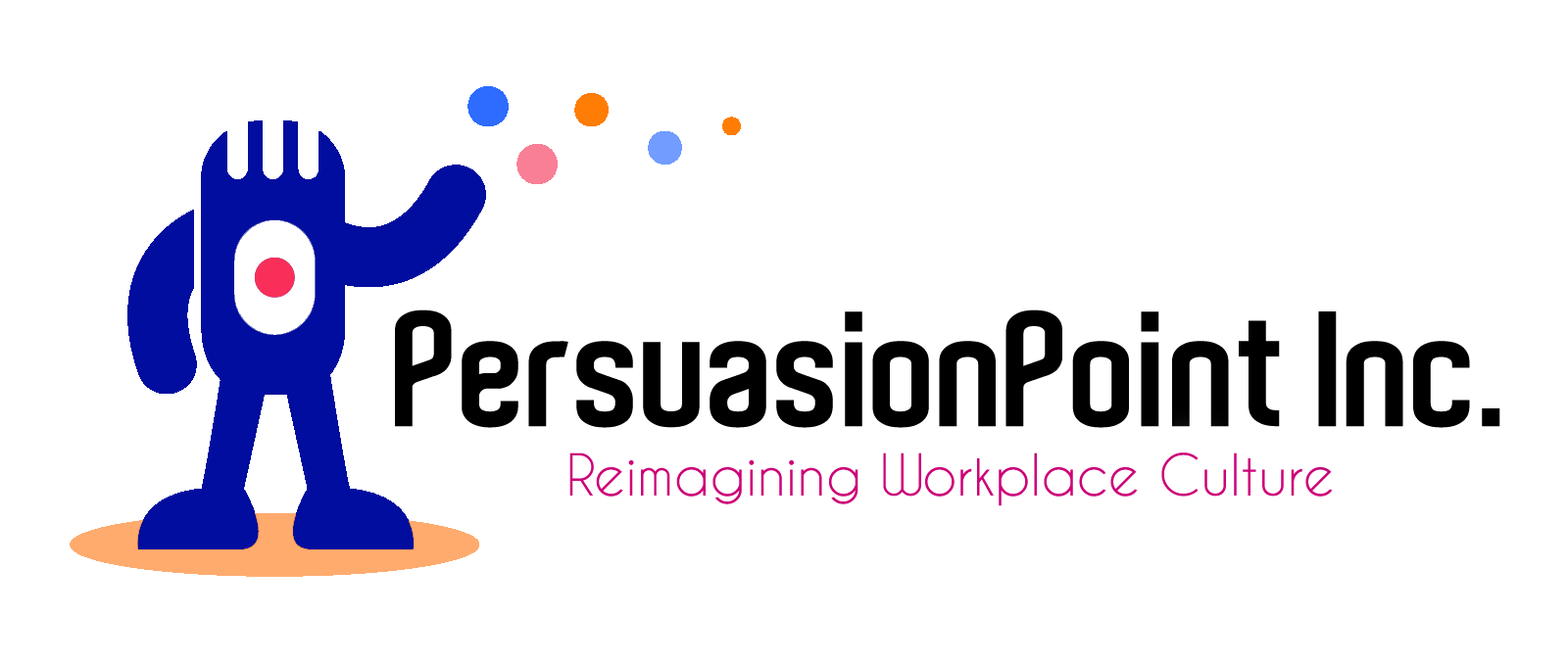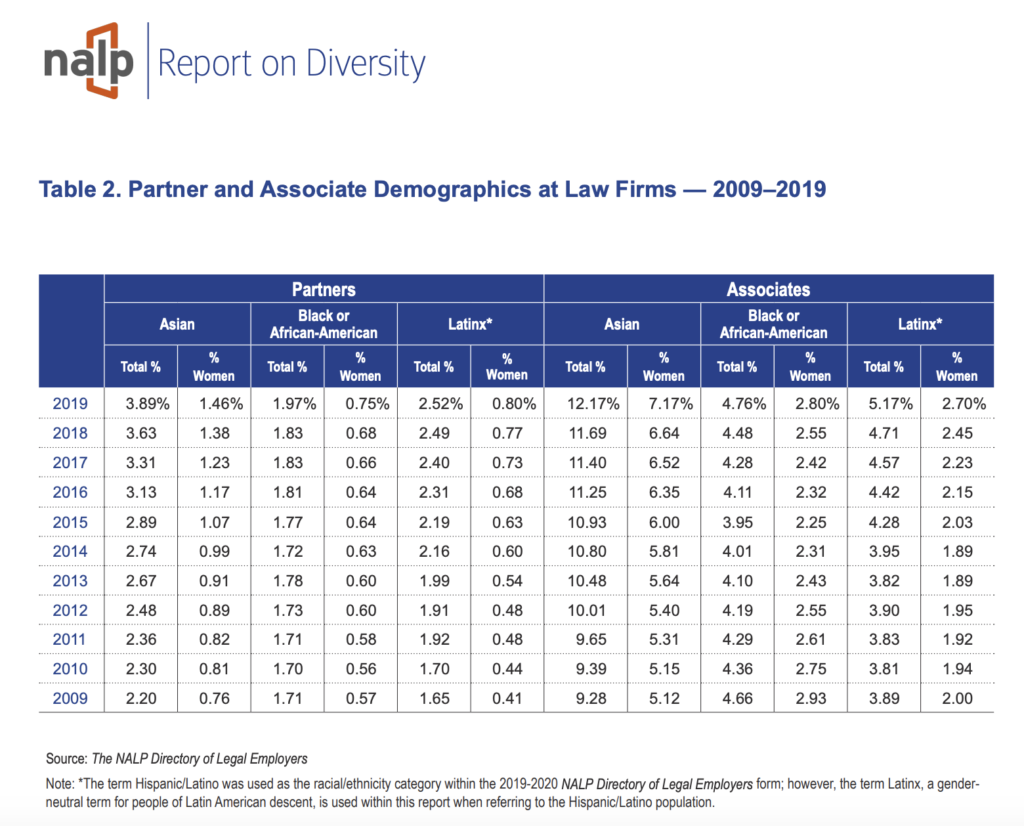The Facts
Now that we’ve covered some solutions (click here to go to Part 1), let’s step back and look at some cold hard facts.
Most law firm leaders understand the need to use diversity + equity + inclusion (DEI) as a catalyst for business success but struggle to identify actionable strategies and tactics to achieve their goals. This article outlines the barriers and solutions to help solve these challenges.
The issue isn’t “pipeline”.
It’s a lack of inclusion and belonging.
First, the data related to the pipeline. Whereas other industries (tech, for example) report difficulties in recruitment because of an inadequate pipeline for talent (whether that’s accurate is for another article), this is most definitely not the case as it relates to law firms (or legal corporate legal departments) seeking to diversify.
The Pipeline is Strong for Women
Research by Catalyst shows that women have made up half (or more) of law school classes for the last two decades. Despite this long history of parity at the educational level, this same research shows that law firm partners “continue to be predominantly white men” (a fact also discussed in the NALP report).
Census figures also show that the number of female lawyers is at a record high (although the figures also show that men are still the highest earners in the legal profession).
Finally, McKinsey’s research shows that while a large number of women start their careers at law firms, the representation of women decreases dramatically at post-associate levels.
The issue is that too many programs advertised as wanting to seek diversity and inclusion are really solely focused on gender. The result has been a trend that is seen in all industries – an increase in opportunities for white women, with little or no movement for BIPOC attorneys, and particularly miserable statistics for Black and Brown female attorneys.
The Pipeline for Lawyers of Color is Getting Stronger
While the numbers for students of color enrolled at ABA-accredited law schools need improvement, these figures show that a lack of racial/ethnic diversity in law is not related to a broken or ineffective pipeline of talent.
According to the US Census Bureau, the figures for African-American and Latinx students enrolled at ABA-accredited schools, as compared to demographics for the US at large are:
- 12.8% of students are Hispanic/Latinx compared to 18.1% of US population
- 8.11% of students are Black/African-American compared to 13.4% of US population
While more needs to be done to bring these figures up to reflect the population at large, law schools have made significant gains in minority enrollment. In stark contrast to the number of Black and Brown students enrolled in law school, in 2019 the NALP reported that:
- Latinx attorneys make up 5.17% of associates and 2.52% of partners at law firms
- African-Americans make up 4.76% of associates and 1.97% of partners at law firms
- *It is important to note that when intersectionality is taken into consideration (the intersection of race and gender), the 2019 figures are particularly disturbing:
- Latinx women make up only 2.7% of law firm associate classes (up from 2.0% in 2009) and .8% of partners (up from .41% in 2009)
- African-American women represent 2.8% of associate classes (down from 2.93 in 2009) and .75% of partners (down from .57% in 2009)
- Asian-American women 7.17% of associate classes (up from 5.12% in 2009) and 1.46% of partners (up from .76% in 2009)
Bottom line: While barriers for entry into law firms exist (most notably persistent bias at the interview, hiring, and salary-setting stages), this does not mean that the legal profession suffers from pipeline problems as related to race or gender. The bigger issues relate to barriers that cause feelings of exclusion, undervalue certain skill sets, create perceptions of unfairness, and fail to create authentic and effective support systems for diverse attorneys. Law firms must focus their attention on taking steps to address the overall culture to ensure they are creating and sustaining an environment of truth-telling, radical fairness, and an authentic commitment to inclusion. This is especially true when it comes to the most underrepresented law firm population – women of color.
And leaders in other industries should also take note since the issues facing law firms and legal teams are analogous in other industries.
The Business Case: Money Talks
In addition to the strong evidence showing a correlation between diversity (particularly diversity in leadership) and business success, law firms must also be mindful of increasingly loud client voices. More and more in-house counsel – aka law firm clients – are demanding that their legal teams include diverse attorneys.
Perhaps the most widely recognized and cited research regarding the correlation between diversity and business success has been conducted by McKinsey. Their 2018 report states:
“The relationship between diversity and business performance persists. The statistically significant correlation between a more diverse leadership team and financial outperformance demonstrated three years ago [in the 2015 report] continues to hold true on an updated, enlarged and global data set.”
Diverse Law Firms Perform Better
In addition to scores of research findings that point to the same conclusion – that diversity is good for business – there is also evidence pointing to the fact that diversity in law firms has a “multiplier effect.” A recent article stated it this way:
“The world’s most successful law firms are profitable because they deliver superior value to clients. But what drives value in service delivery? Looking to the data, a key factor is a law firm’s racial and ethnic diversity. [¶] Admittedly, racial and ethnic diversity in this context is a proxy for a firm’s cultural and behavioral correlates. Yet, broadly defined, legal diversity is powerful — diverse legal teams produce significantly better outcomes for clients.”
There is also evidence that diverse juries reach better decisions (see also a report outlining similar findings based in an academic study).
Clients Increasingly Demand Diversity
A 2017 ABA report highlights demands for diversity in outside counsel from corporate giants like HP and MetLife. In that report, HP’s General Counsel noted that “HP has made diversity an explicit business goal for our organization” and went on to say “[i]n order to emphasize the business imperative to make it meaningful strides in diversity among our law firm partners, HP has implemented a ‘diversity holdback’ mandate.” Similarly, as covered in the ABA report, MetLife’s General Counsel “convened outside law firms at its headquarters to request that they create formal plans to retain and promote diverse talent.”
In addition to the report, the ABA spearheaded Resolution 113 in an effort to encourage law firms to commit to diversity through the adoption of the resolution.
Beyond the ABA, a group of 170 general counsel penned a letter, announcing “improve on diversity or lose our business” further emphasizing the point: In-house counsel, particularly those at companies who themselves have taken a strong stand in terms of supporting diversity, equity, and inclusion efforts, will no longer do business with law firms who simply shrug and say “we’re trying.” Today’s in-house counsel demands more than just trying. They are demanding that law firms meet or exceed diversity goals and, in GenZ vernacular, they are demanding receipts.
Where do you go from here?
Part 1 of this series gave a robust list of possible solutions and ideas. Diving deeper:
- Take a top-down AND a bottom-up approach: Educate your leadership teams to understand concepts related to empathy, inclusion, communication and EQ, among others. And don’t stop with only top leaders – make sure all attorneys and managers are also well-versed on these topics. Finally, make sure you have programs for diverse attorneys that go beyond membership in and meetings of affinity groups (for example, make sure to incorporate programs that focus on the realities of succeeding in a law firm).
- Focus on authenticity: If you’re not ready to take these steps, then DO NOT talk about your firm’s commitment to these issues. “[…] If your company isn’t fully and genuinely committed to diversity (or is lukewarm in its commitment), it’s better to be quiet about diversity than to promote it as a core value. […] Authenticity is a key ingredient to get your company to the top of the Healthy Workplace Culture Pyramid, but it’s especially critical as it related to a company’s commitment to diversity and inclusion (The Drama-Free Workplace, 57-58).”’

- Allyship: If you are someone who belongs to a group that has historically had more power, you have the opportunity to use that privilege to advocate for others. It’s important here to make a clear distinction between what allyship actually is, and what might be interpreted as such.An important distinction to note here is the difference between active allyship and what is known as “performative allyship.” Performative allyship occurs when a non-marginalized group or individual professes support to a marginalized group or individual that is either unhelpful or actively harmful.
- The ABA has also established a GOOD Guys program to encourage male allyship
Up next?
In Part 3 of this series, Patti will explore what the future of diversity, equity, and inclusion in law firms looks like with Gen Z entering the workforce. Stay tuned!
Until then, be sure to subscribe to The Drama-Free Workplace Podcast with Patti Perez to receive twice-monthly advice in creating healthy workplace culture.

About PersuasionPoint
Patti Perez is founder and CEO of PersuasionPoint, a modern-day consulting firm dedicated to teaching leaders and teams how to create and sustain healthy, equitable and inclusive workplace cultures. Patti is the best-selling, award-winning author of The Drama-Free Workplace (Wiley 2019), and draws from the book’s themes to provide practical, authentic, and action-oriented solutions to help companies achieve true diversity and equity, and to create environments of belonging and inclusion.
Patti and the team provide services specifically tailored to address workplace struggles with recruiting, retaining, promoting and fully valuing diverse employees – including consulting, leadership training, and boot camps for diverse attorneys who are emerging leaders.
Contact Patti here or email her directly at Patti@PersuasionPoint.com.

